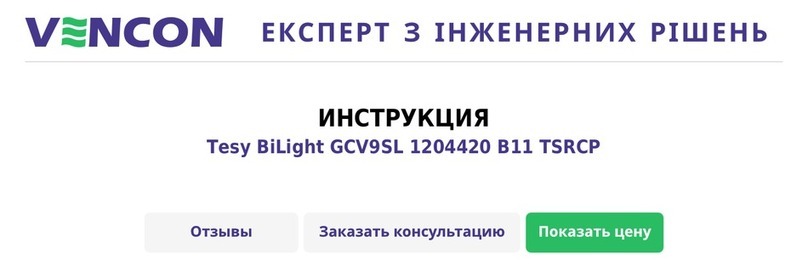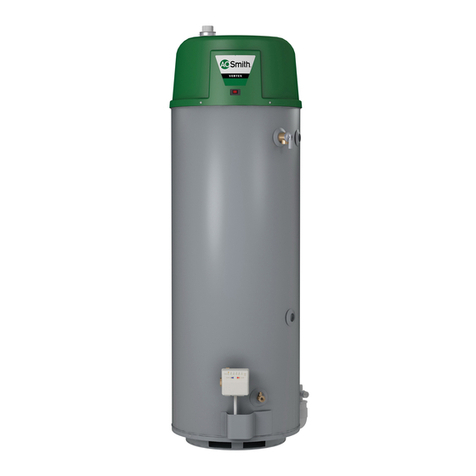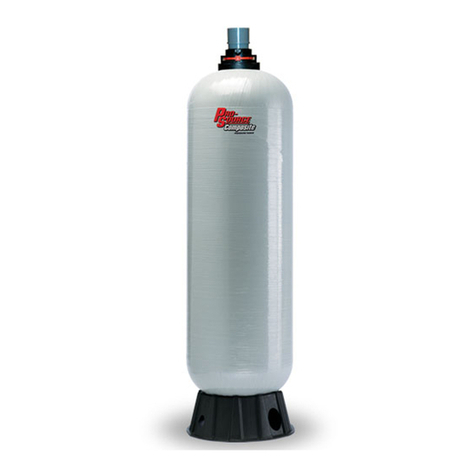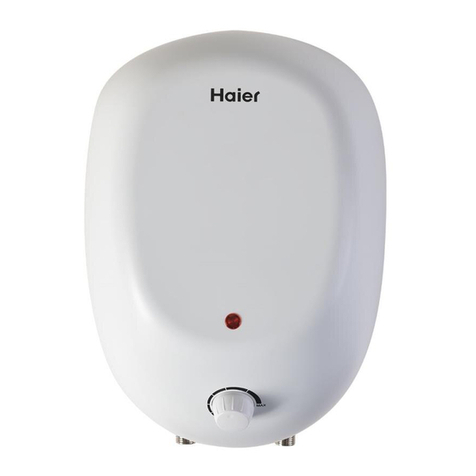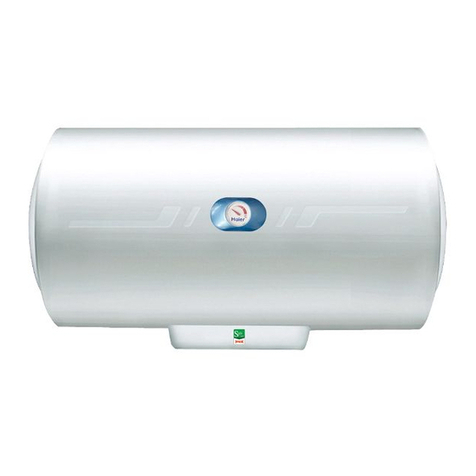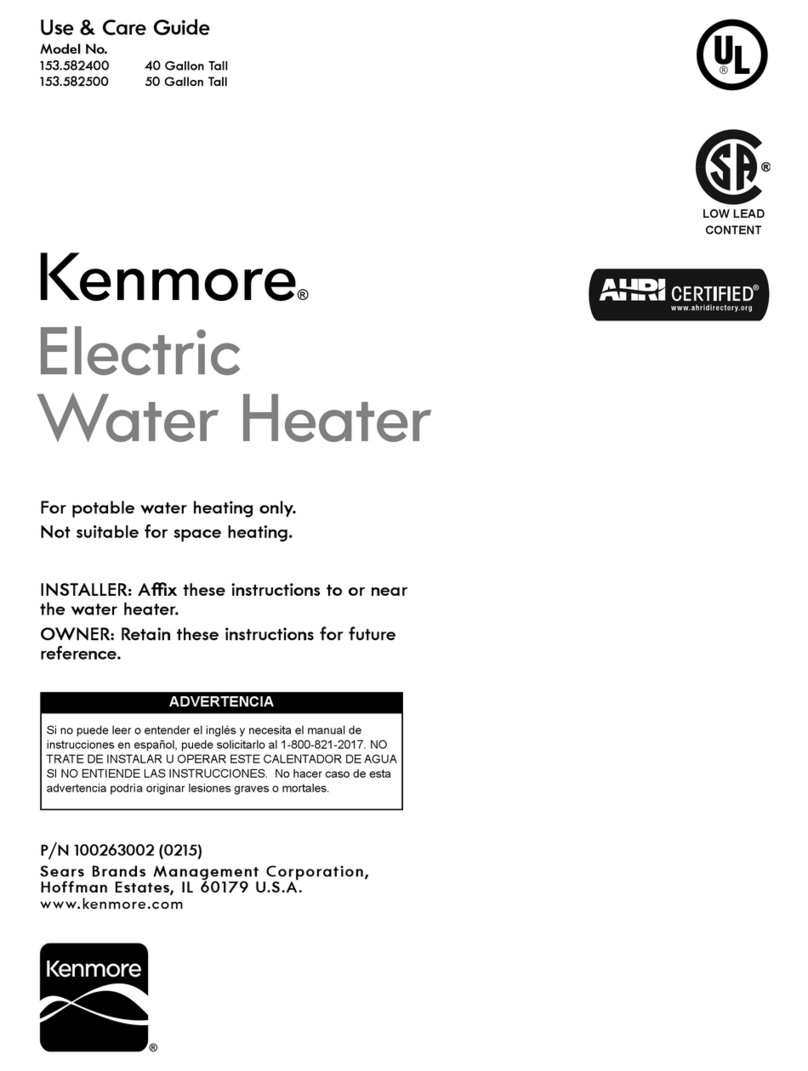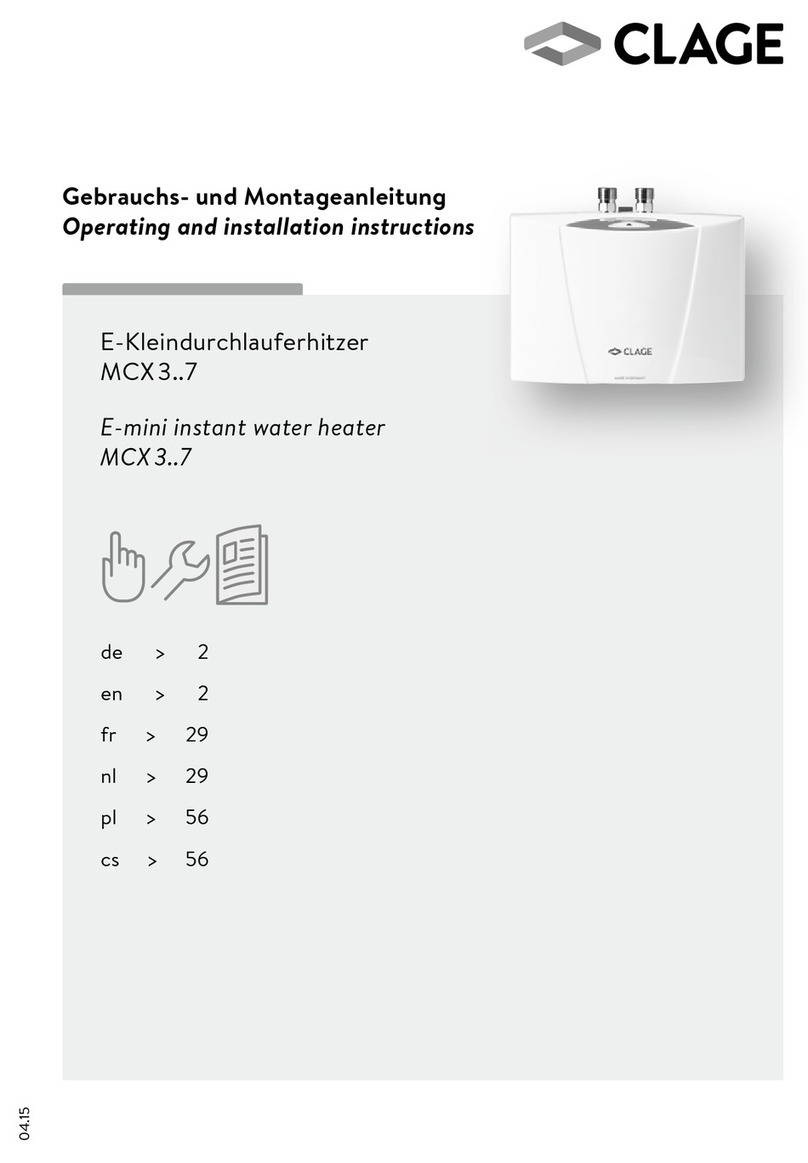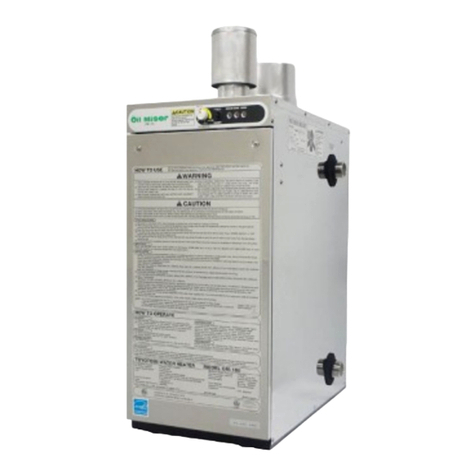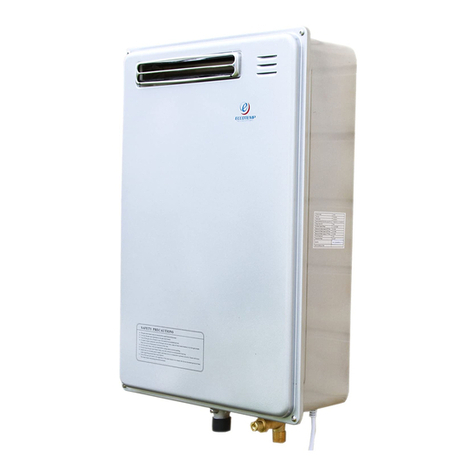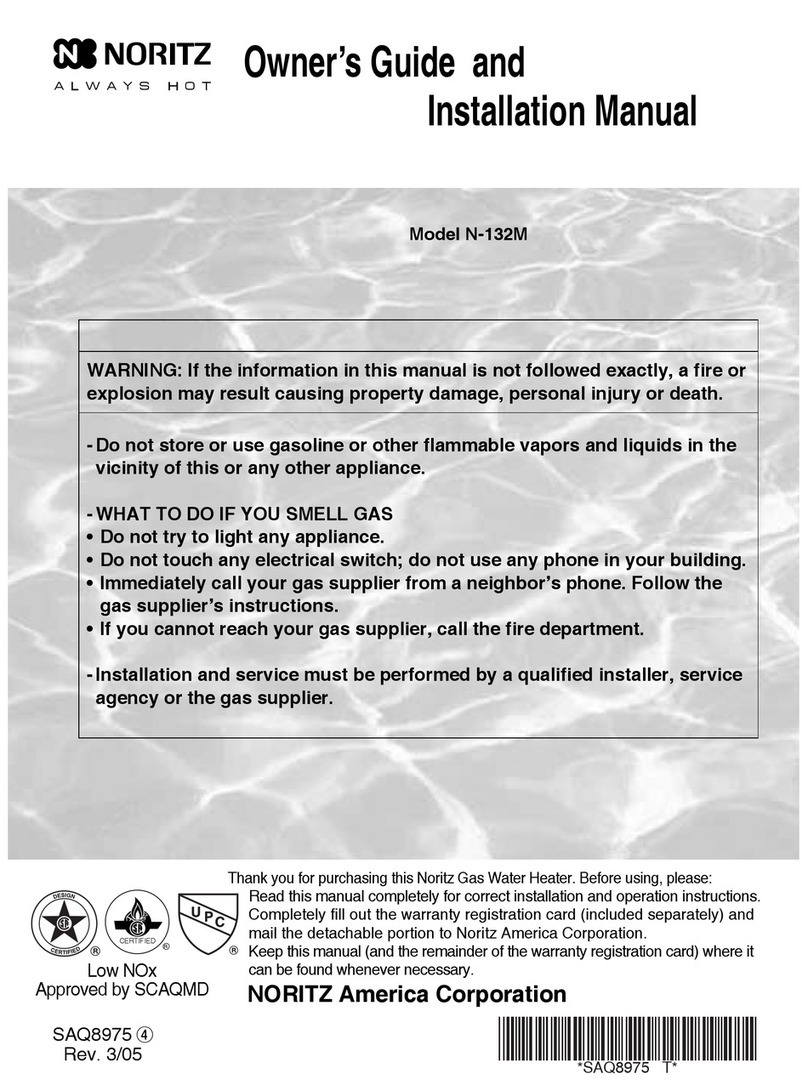
2019 BATT Diesel/Jet Fuel Operations Manual (Version K)
We Engineer Solutions
Table of Contents
Section 1: BATT Introduction 1
Overview .......................................................................................................................1
Tank Construction ..........................................................................................2
Fittings ............................................................................................................3
Conditions of Use .........................................................................................................3
Section 2: BATT Fittings 4
Installation of Fittings ....................................................................................................4
Description of Fittings .....................................................................................4
Thread Sealants .............................................................................................4
Fitting Installation Using Loctite 567 or Loctite 565 Thread Sealant ...............5
Fitting Installation Using Loctite 55 Thread Sealant .......................................5
Section 3: General Safety 7
Safety Procedures ........................................................................................................7
Common Safety Rules ....................................................................................7
Section 4: BATT Operation 8
Installation and Operations ...........................................................................................8
Tank Positioning .............................................................................................8
Chain Links .....................................................................................................9
Prevention of Static Electricity Build-Up .........................................................9
Fueling Procedure ........................................................................................10
Restraining the Tank ....................................................................................10
Defueling Procedure .....................................................................................11
Transporting the Empty BATT ......................................................................11
Section 5: Maintenance and Repair 12
Inspections .................................................................................................................12
Semi-Annual Inspection ................................................................................13
Repairs .......................................................................................................................14
Emergency/Temporary Repairs (BATT Assembly) .......................................14
Permanent Repair (Outer Bladder Only) ......................................................16
BATT Emergency Repair Kit Parts ...............................................................18
BATT Patching Kit Parts ...............................................................................18
Section 6: Repacking for Storage 19
Storage Procedures ....................................................................................................19
Emptying and Repacking the Tank ...............................................................19
Shipping Instructions ....................................................................................19
Storing the Tank ...........................................................................................19
